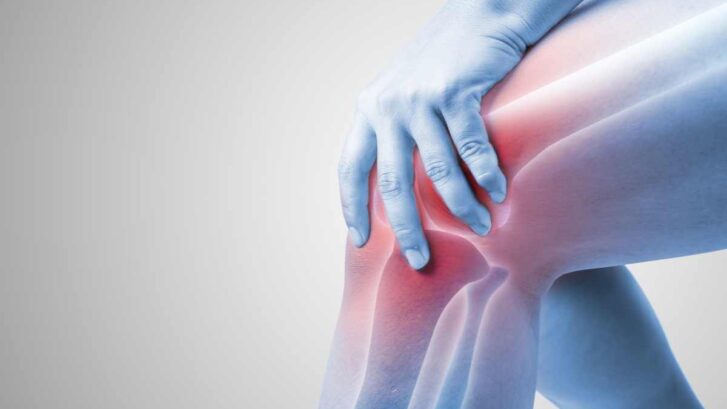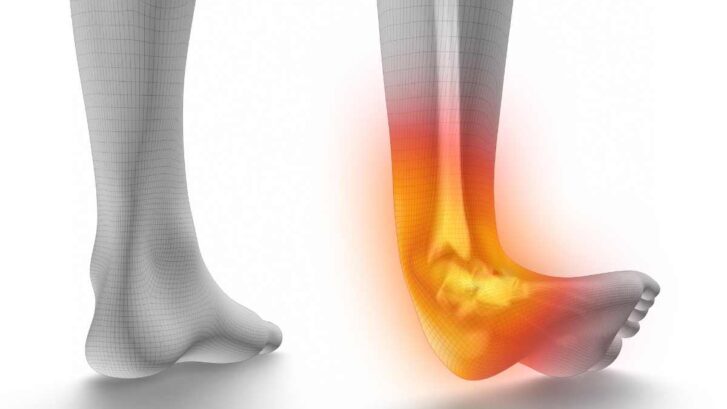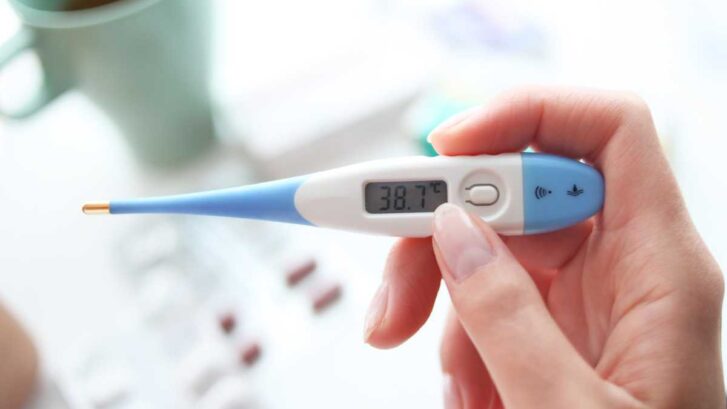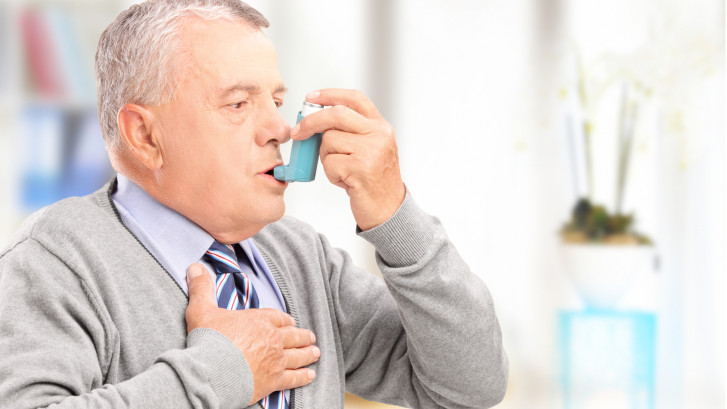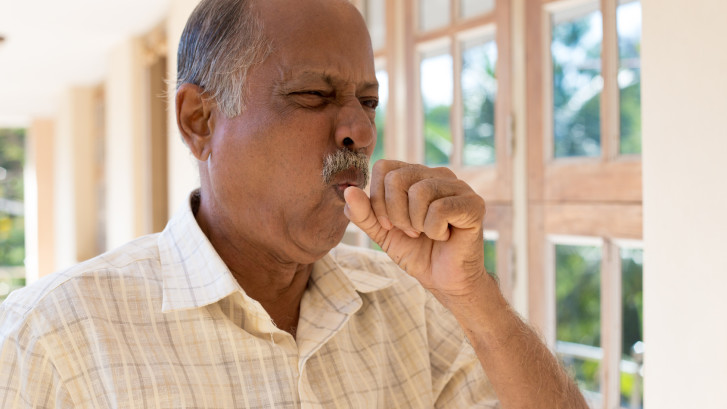Stay Safe this Halloween: Tips to Prevent Common Injuries
Halloween is exciting for kids and adults, with spooky decorations, fun costumes, and many delicious treats. However, all the excitement can also come with some potential risks. According to the National Safety Council, Halloween is the holiday with the highest number of emergency room visits.
As we gear up for this year’s festivities, we must prioritize safety and prevent common injuries that can damage the fun. In this post, we’ll discuss tips to keep you and your loved ones safe this Halloween while ensuring a memorable and enjoyable experience. Let’s dive in and make this Halloween a genuinely spooktacular one!

Types of injuries that commonly occur during Halloween
As with any other holiday, safety should also be considered. Unfortunately, Halloween festivities are not exempt from accidents and injuries. There are several types of injuries that commonly occur during Halloween, and here are some of those:
- Cuts and lacerations
These injuries often occur from using sharp objects such as knives to carve pumpkins or create intricate costumes. Children should always have adult supervision when using sharp objects, and it is recommended to use specialty carving tools instead of kitchen knives.
- Burns
Whether from candles on a jack-o-lantern or bonfires at Halloween parties, burns are another common injury during Halloween. Avoid using real candles and opt for battery-operated lights inside your pumpkin instead. If you are using a bonfire, ensure it is safe from any decorations or flammable materials, and always have a fire extinguisher nearby.
- Slip and falls
Costumes with long, flowing materials or masks obstructing vision can increase the risk of tripping. To prevent this, ensure the outfit fits appropriately and allows easy movement. Avoid wearing high heels or large platform shoes that may also contribute to falls.
- Pedestrian accidents
With the excitement of trick-or-treating, children may often forget about road safety. To avoid accidents, make sure children are wearing reflective clothing and carrying a flashlight. Adults should also accompany younger children and always use designated crosswalks when crossing the street.
- Food poisoning
Halloween is a time for indulging in sweet treats, but unfortunately, this can sometimes lead to food poisoning. To prevent this, check all candy and treats for any signs of tampering before allowing children to consume them. It is also essential to only accept treats from trusted sources and to avoid eating homemade treats from strangers.
- Pet injuries
With decorations and loud noises, pets can become easily frightened or curious. This can lead to injuries such as cuts from broken decorations or burns from candles. To avoid this, keep pets indoors and away from Halloween decorations and noise. If hosting a Halloween party, keep pets in a safe and quiet room to avoid accidents.
- Eye Injuries
Costumes and accessories such as masks, fangs, or make-up can pose a risk of eye injuries to both children and adults. Use hypoallergenic make-up and avoid sharing eye accessories to prevent any possible infections. If wearing a mask, ensure it allows for proper vision and does not obstruct the wearer’s ability to see.
Tips to prevent common Halloween injuries

Safety should remain a top priority amidst all the fun and festivities. To ensure a fun and injury-free celebration, here are some tips to prevent common Halloween injuries:
- Supervise children
If your kids are old enough to go trick-or-treating without you, ensure they have a designated route and check-in times. For younger children, accompany them and stay close to keep them safe.
- Wear comfortable and age-appropriate costumes
Loose or oversized costumes can easily trip you or get caught on objects, leading to falls and injuries. Make sure your outfit fits well and allows you to move freely. For children’s costumes, avoid long capes or hanging accessories that can cause them to trip.
- Wear sensible shoes
While high heels and oversized clown shoes may complete your costume, they are not the safest for walking at night. It’s best to wear comfortable and well-fitting shoes to prevent any slips, trips or falls.
- Use flame-resistant costumes
If your outfit uses candles or sparklers, make sure it is made of flame-resistant materials. Avoid trailing fabric or dangling sleeves that can easily catch fire.
- Opt for makeup instead of masks
Masks can obstruct vision and make breathing difficult, leading to accidents. Use face paint or makeup instead, doing a patch test first to avoid allergic reactions.
- Keep walkways well-lit
Whether you’re decorating your house or going trick-or-treating, it’s essential to have proper lighting to avoid any accidents. Use battery-operated tea lights or lanterns for a spooky yet safe ambiance.
- Stay on sidewalks and crosswalks
When going door-to-door for treats, stick to sidewalks and designated crosswalks. Avoid cutting through yards, and always look both ways before crossing the street.
- Keep props and decorations safe
Fake swords, knives, and other support may add to your costume, but they can also be dangerous if not handled carefully. Ensure they are made of soft and flexible material to prevent injuries.
- Use caution with decorative candles
As charming as carved pumpkins with candles may look, they can pose a fire hazard. Consider using battery-operated candles to eliminate any risk.
- Look out for food allergies
With all the treats and candy, it’s essential to be mindful of allergies. Check the labels or stick to treats from trusted sources if you or your child have food allergies.
What to do in case of an injury?
While we hope for a safe and enjoyable Halloween, it’s essential to be prepared and know what to do in case of an injury during this spooky season. Here are some steps to quickly recover and resume your Halloween fun.
- Stay calm and comfort the injured person
If someone in your group gets injured, you must remain calm and reassure them. Fear and panic can worsen and impede the injured person’s recovery. Comfort them and try to keep them still until medical help arrives.
- Assess the injury
The first step in handling any injury is to assess the severity. Minor bumps and bruises can be treated at home, but seek medical attention immediately if the damage is more severe. Signs of a severe injury include excessive bleeding, dislocation, or loss of consciousness.
- Treat minor injuries on the spot
If the injury is minor, such as a small cut or scrape, you can treat it on the spot. Wash the wound with clean water and gently apply pressure to stop bleeding. Use a disinfectant and cover the damage with a bandage to prevent infection. Keeping a first aid kit handy with basic supplies like band-aids, gauze, and antiseptic.
- Apply ice
For minor swelling and bruising, apply an ice pack or a bag of frozen peas wrapped in a cloth to the injured area for 15-20 minutes. This will help reduce pain and inflammation.
- Rest and elevate
Resting and elevating the injured area can help reduce pain and swelling in the sprained ankle or a broken bone. Avoid putting weight on the injured body part and keep it elevated above heart level to minimize swelling.
- Take over-the-counter medication
If the injury is causing discomfort, over-the-counter pain relievers such as ibuprofen or acetaminophen can help ease the pain. Always read and follow the recommended dosage instructions.
- Seek medical attention
If the injury is severe or does not seem to be improving, seeking medical help is essential. Halloween falls on a busy night for emergency services, so it’s best to call 911 for life-threatening situations. For less urgent injuries, seek medical attention at an urgent care center or your primary care physician.
Stay safe this Halloween with UrgentCare MDs
Don’t let a scary accident ruin your holiday! If you’re looking online for urgent care near me, UrgentCare MDs is your best primary care choice; our top priority is keeping you and your family healthy and injury-free. At UrgentCareMD, our team of experienced doctors and nurses is here to help with any common Halloween injuries.
From costume mishaps to falls and burns, we have seen it all. Our primary care physicians in Baytown, TX, are equipped to handle various urgent care needs, including those related to Halloween festivities. So whether it’s a minor cut or a more severe injury, don’t hesitate to visit UrgentCareMD for prompt and quality medical attention.
Our convenient hours make it easy to get the care you need. You can visit one of our clinics near you:
- Urgent care in Baytown
- Urgent care in Crosby
Visit us today and receive top-notch care for your Halloween injuries. Stay safe, and have a happy Halloween!

***
The material on this site is for informational purposes only and DOES NOT CONSTITUTE THE PROVIDING OF MEDICAL ADVICE, and is not intended to be a substitute for independent professional medical judgment, advice, diagnosis, or treatment. Always seek the advice of your physician or other qualified healthcare provider with any questions or concerns you may have regarding your health.


